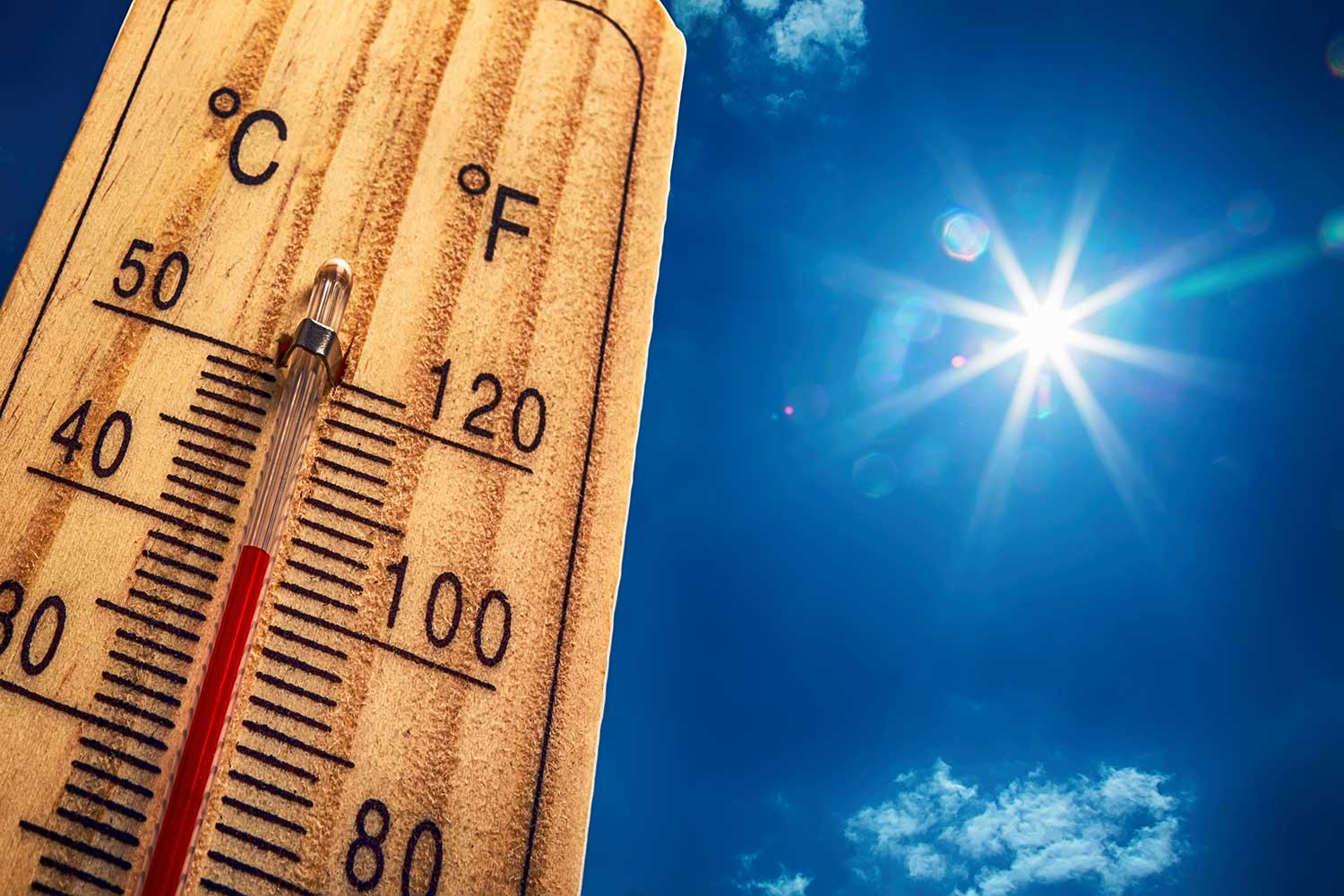The official start of summer 2024 is still a couple weeks away, but it’s already getting dangerously hot. The Indian capital of Delhi is in the midst of a deadly heat wave and California is readying for above-average temps for the rest of this week. If it’s going to be anything like last year, we’re in for another record-breaking scorcher.
Want more Earth-saving tips?
SUBSCRIBE to the one5c newsletter here
A lesser-known side effect of our rapidly heating world is that hot weather makes for wetter weather. As temperatures rise, air can hold on to more moisture; a 1-degree Fahrenheit uptick can mean as much as a 4% increase in atmospheric water vapor, according to NOAA. Anyone who grew up near a coast knows firsthand that a hot dry day and a hot wet day aren’t the same thing at all. If it gets bad enough, sweating (the body’s natural cooling system) stops working.
Enter wet bulb temperature, a weather metric that indicates how safe it is to work and play outside on a given day. Here’s what you need to know—and how to prepare for an upcoming hot, moist season.
How is wet bulb temperature measured?
Getting a wet bulb temperature starts with the same thermometer that measures plain old temperature. This time, however, it’s covered with a wet cloth. This gives a read on the lowest temperature at which evaporative cooling (i.e., sweating) will still work. The reading will always be lower than on a naked thermometer (that’s the “dry bulb measurement”), unless we’re sitting at 100% humidity, in which case the temperatures match.
Beyond that, there’s a more complex metric called Wet Bulb Globe Temperature or WBGT, which is meant to indicate the potential for heat stress on the body. WBGT calculations include both the wet-bulb and dry-bulb readings along with several other measures, such as the angle of the sun and cloud cover.
Why does wet bulb temperature matter?
On a high WBGT day, being outside for too long can be deadly for even the healthiest person. The official WBGT of concern is up in the air. Researchers previously put it around 95 degrees, but more recent data has lowered that number to around 88. For some groups, it be even lower: High heat and humidity can be even riskier for elderly populations, children, and folks with circulatory or respiratory problems.
The WBGT can help figure out how safe it is to be outside—and for how long. The National Weather Service maintains a map of current conditions, and also includes resources like charts (click on the tab that says “Guidelines” at this link) that can help you plan how much and what kind of work you can realistically take on during a high WBGT day.

